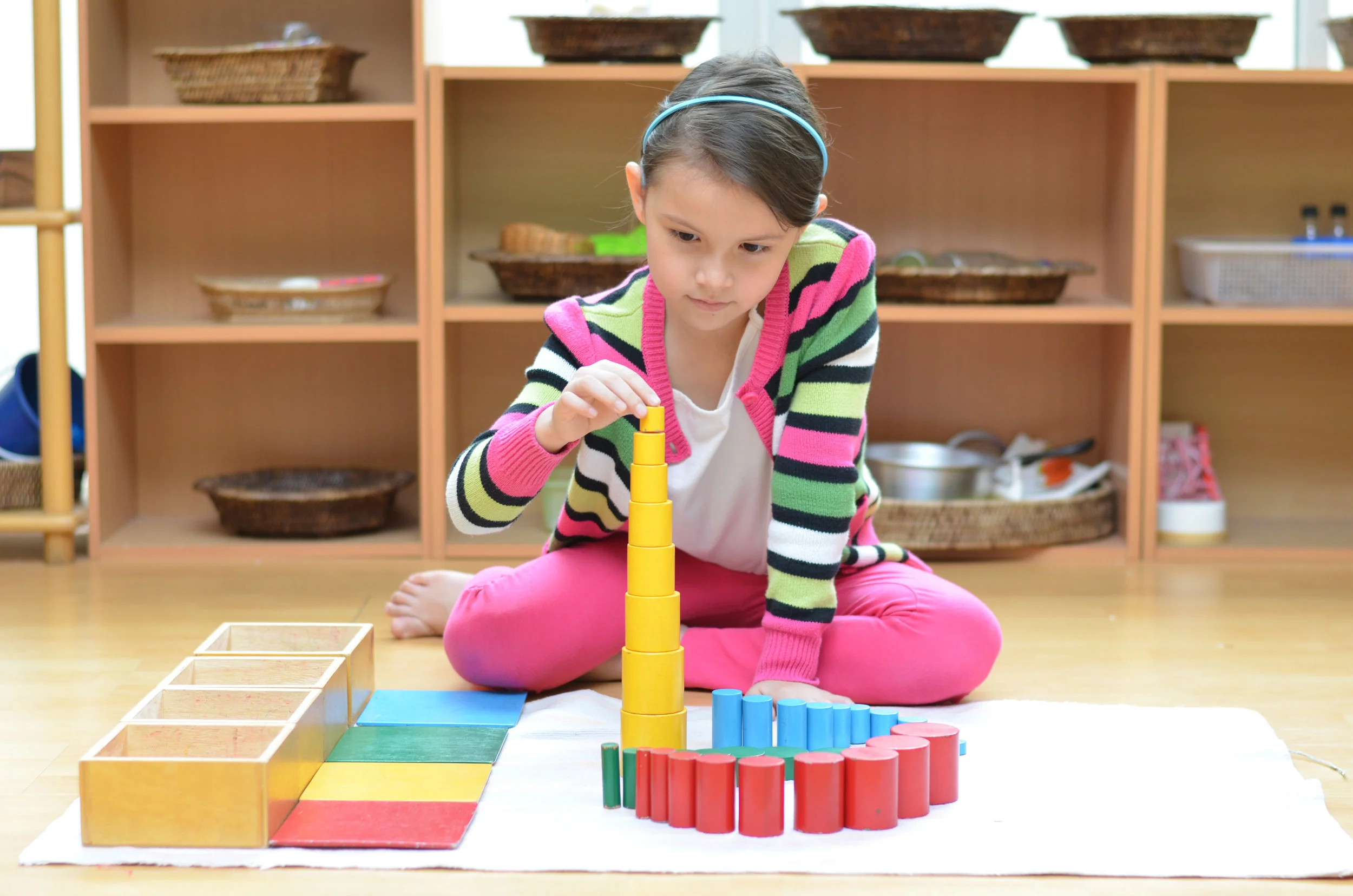Executive Functioning Skills : What you really need to learn in Pre-K!
/Preschools serve several important functions, with some more important than others to particular parents. In the old days, preschool was often mainly a place to keep kids safely while their parents were at work: can thus called “daycare”. If a school refers to itself as “daycare”, it’s likely to see its main function as safekeeping and not education. But many parents, even a few decades ago, saw preschool more as a place for their child to learn social skills – the ability to play well with others. This “socialization” aspect of a preschool (or even of a day care) is very important in the development of a healthy child. In recent years, preschool as a term is becoming more common, as the majority of US parents expect academic skills to also be taught. We strongly believe that children are ready for, and enjoy, age-appropriate academic skills development at the preschool level. Such skills include numeracy, literacy, and vocabulary.
However, as important as academic skills are today (more than ever!), they should not be taught without real attention being paid to the development of what we call “executive function” skills: specifically, working memory, cognitive flexibility, and inhibitory control.
Working memory means the ability to keep information in mind while tasks are being performed, and to be able to use that information as needed. Learning about sharks means not just being able to name it and spell it, but to learn something about sharks that allows the child to discuss new questions about sharks they haven’t seen before.
Cognitive flexibility, or flexible thinking, is the ability to think about things in multiple ways. Not only is this important in play (for instance, turning around a puzzle piece when it doesn’t fit one way) and in literacy (if the word is “bee”, and the teacher tells the child it is not spelled “be”, what other ways can they think to spell it?), but in interpersonal relations (if you can’t get what you want, can you think of another way to ask, or something else you can ask for?). Although it is often ignored (ie, multiple choice tests that only grade on whether the correct answer was found), cognitive flexibility is crucial in problem solving and in human interaction.
Inhibitory control is the ability to regulate emotions and ignore distractions – the ability to delay gratification, resist temptation. Temptations might include leaving the table before finishing eating, not being willing to share, or to hit another person when angry.
Together, these three subsets of executive function help ensure that a child has these five important skills:
Paying attention
Self-monitoring
Organizing and planning
Staying focused on tasks
Regulating emotions
In choosing a preschool, ask questions of your teacher and head of school to ensure they understand the importance of executive function and integrate these skill developments into your child’s learning experience.
If you choose to apply to a competitive elementary school, you will find that executive function skills are of primary importance during the interview process. Competitive schools know that good executive function skills are a prerequisite to learning and difficult to teach if a child has been without exposure to those skills for several years. Competitive schools are serious about creating a positive learning culture, and children with poor self-monitoring and self-control skills can be a major distraction and impediment to learning for the rest of the class. A major element of the “interview” process at competitive elementary schools is to watch the way your child interacts with others being assessed at the same time.
The best way to think of executive function skills is what a gift you bestow to a child by ensuring they learn these skills. These are the skills that make a person happy, effective, a nice to be around: and they are skills that make all other learning possible!








